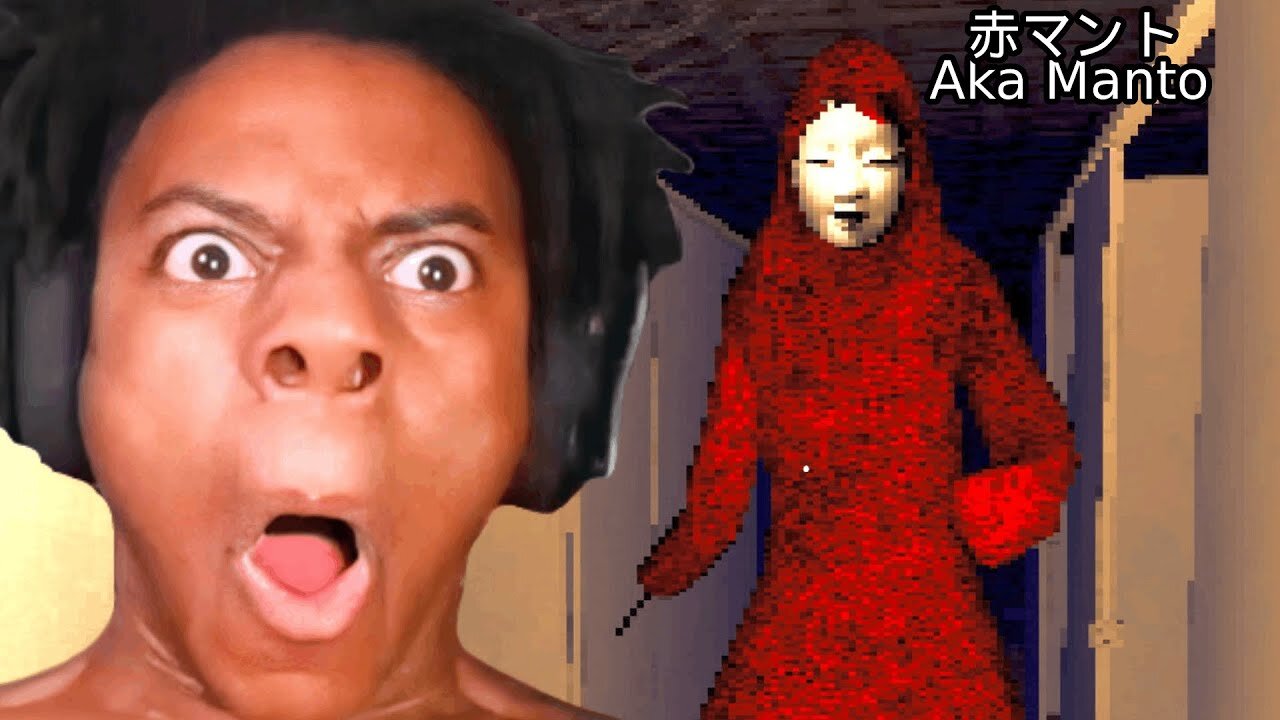
when Horror Yearbook – Aka Manto is a chilling urban legend that haunts Japanese school bathrooms. The spirit, often described as wearing a red cloak and mask, appears when someone uses a secluded stall. It asks a terrifying question: “Red paper or blue paper?” The choice, however, is a deadly trap. Selecting red means the victim will die from bleeding. Choosing blue results in suffocation. This eerie legend has been whispered among students for decades. It embodies fears around privacy, danger, and the unknown lurking in everyday places. Aka Manto remains one of Japan’s most memorable and frightening urban tales.
The story of Aka Manto likely began in the post-war period. It is said to have originated from Tokyo or Kyoto. The spirit’s name means “Red Cloak” because of the bright red garment it wears. Usually, it appears in an empty bathroom stall or toilet. Its face is hidden behind a mask, adding to its mysterious aura. Some say it has a haunting voice, soft but chilling. The figure asks the victim if they want red paper or blue paper. This strange question causes panic and confusion. No one knows exactly what happens if the victim refuses to answer. However, ignoring Aka Manto usually ends in a tragic fate.
“Read about: Janghwa and Hongryeon: The Vengeful Sister Spirits of Korean Folklore”
The legend says the choice between red and blue paper determines the victim’s death. Choosing red paper means Aka Manto slashes the victim until they bleed to death. This violent end is horrifying and sudden. Choosing blue paper causes the victim to suffocate and die slowly. This fate is equally terrifying. If the victim tries to escape without answering, the spirit attacks immediately. Some versions say the spirit might offer a third option: white paper. Choosing this leads to safety, but few know this escape route. Students tell stories of near encounters and warnings about never using the last stall alone.
Aka Manto is more than just a scary story; it reflects cultural anxieties. The legend warns about dangers hidden in everyday places. Japanese schools often have old, narrow bathrooms, which add to the fear factor. The story has been passed down through generations by word of mouth. Each region or school may have slight variations. Some describe Aka Manto as a ghost, others as a demon or yokai. The colors red and blue symbolize life and death, blood and suffocation, adding symbolic weight. In some versions, the spirit asks about other colors or objects. This flexibility keeps the legend alive and evolving.
Some experts view Aka Manto as a manifestation of childhood fears. Bathrooms are private spaces but also places where one feels vulnerable. The legend plays on this tension, combining fear of isolation and danger. The spirit’s question creates a no-win scenario, representing difficult choices in life. The urban legend serves as a cautionary tale about respecting boundaries. It also may warn children to avoid risky behavior or unsafe places. The communal sharing of this story strengthens social bonds through shared fears. It is an example of how folklore adapts to modern settings while keeping traditional fears alive.
“Read more: 2025 Infant Feeding Updates: Promoting Immune Tolerance Through Early Allergen Exposure”
Aka Manto has influenced many forms of popular culture. It appears in manga, anime, and horror games. The story inspires filmmakers and writers looking for eerie urban myths. Social media has helped spread new versions of the tale. YouTube and TikTok often feature videos discussing or reenacting Aka Manto encounters. Some schools even warn students about the legend during Halloween or ghost story sessions. The digital age gives this ancient legend new life, reaching audiences worldwide. Fans create artwork and stories, keeping the myth relevant and terrifying.
Despite being a legend, Aka Manto reminds people to stay cautious in unfamiliar places. Students are advised not to use school bathrooms alone at night. Avoiding isolated stalls reduces the fear and risk of accidents. The story also encourages respect for private spaces and caution about unknown dangers. While Aka Manto may be fictional, its impact on Japanese culture and youth is very real. The red or blue paper question remains a symbol of mysterious choices and hidden threats. This legend continues to fascinate, frighten, and inspire curiosity worldwide.